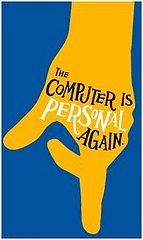 Considering how many things did not work out-of-the box on my new Vista PC, HP’s slogan of : “the Computer is Personal Again” is really an insult. And don’t even get me started on Vista, it’s really for IT professionals, not mere mortals.
Considering how many things did not work out-of-the box on my new Vista PC, HP’s slogan of : “the Computer is Personal Again” is really an insult. And don’t even get me started on Vista, it’s really for IT professionals, not mere mortals.
So of course I got excited reading Fake Steve Jobs (will Daniel Lyons ever be referred to by his own name?) article in Forbes:
“Personal computers were supposed to make our lives easier. Instead, these beasts have turned us all into part-time IT administrators, our lives given over to downloading upgrades, installing patches and updates and drivers and antispyware, decrypting error messages and screaming at stalled applications. Enough!”
He is blown away after a week’s use of Zonbu, a $99 Linux-based “green” PC alternative. From Zonbu’s specs:
Zonbu is a compact, ultra low power mini with all the bells and whistles:
- Intel-compatible ultra-low power CPU
- 512 MB RAM + 4GB flash-based local storage
- Graphics up to 2048 x 1536 (16 million colors, 75 Hz). Hardware graphics and MPEG2 acceleration
- PC-compatible ports for keyboard and mouse
- 6 USB ports to plug-and-play all standard USB accessories
- Broadband ready: 10/100 Mbps Ethernet built-in
It comes with a set of pre-loaded applications, all auto-updated with a subscription service. PC as a Service? Well, not quite. Although it’s heralded as a “cloud computing” device, it’s really a hybrid, with client-side apps for office productivity, personal finance management, multimedia, photo management..etc. And therein lies the rub – once you start using client applications, your needs will grow, you will hit the limits of the low-end hardware:
“I also found some videos that wouldn’t play on the system, and high-def videos (720p or larger) from Apple’s QuickTime HD Gallery don’t play acceptably because the Via processor in the Zonbu just isn’t fast enough.”
 Of course with local apps your storage requirements will also grow, but you only have a 4G flash-drive, so you will likely upgrade to one of the premium storage/synchronization plans. The lowest plan gives you 25GB of storage at $12.95 a month, but it comes with a 2-year commitment. Let’s do the math, $99+ 24*$12.95= $409.80. Your $99 machine is now a $400 unit, payable upfront – and you still need a display and keyboard/mouse. You can get your device without the 2-year commitment (a’ la cell-phones), but then the base price is $249, and you will still likely pay for the monthly storage – what can you do with 2G of storage, after all?
Of course with local apps your storage requirements will also grow, but you only have a 4G flash-drive, so you will likely upgrade to one of the premium storage/synchronization plans. The lowest plan gives you 25GB of storage at $12.95 a month, but it comes with a 2-year commitment. Let’s do the math, $99+ 24*$12.95= $409.80. Your $99 machine is now a $400 unit, payable upfront – and you still need a display and keyboard/mouse. You can get your device without the 2-year commitment (a’ la cell-phones), but then the base price is $249, and you will still likely pay for the monthly storage – what can you do with 2G of storage, after all?
Actually, a whole lot, if you really embrace cloud computing. There are good and mostly free online applications to match the capabilities of the pre-loaded Zonbu apps, and being online, they don’t even have to be updated. (They do, but it’s no longer the users’ problem which is the beauty of Software as a Service.)
Zonbu could have been a nice, inexpensive cloud computing machine Cloudbook – the problem is with the price point and the bundling of subscriptions that offers far less than what you already may have independently. A truly $99 web-computing device would be a major hit, but at current costs it does not seem to be feasible. Will the mobile industry’s service-plan subsidized model prevail here? After all, that’s what Zonbu attempts, it just does not have the right value/price mix.
I suspect cloud computing users will primarily want to select the applications they need, and what box gets them there will become secondary. But I don’t expect online app providers like Google or Zoho to bundle Zonbu-like devices with their business-level subscription plans anytime soon. This is where the analogy to the mobile industry ends: there is a huge installed base of older PC’s and as soon as you abandon the old model of desktop-based computing, these old machine became quite capable devices to handle your online computing needs.
Zonbu is a nice device without a business model for now.
Related posts: Nick Carr – RoughType, mathewingram.com/work, InfoWorld

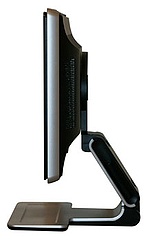 I briefly wrote about my dismal customer support experience in
I briefly wrote about my dismal customer support experience in 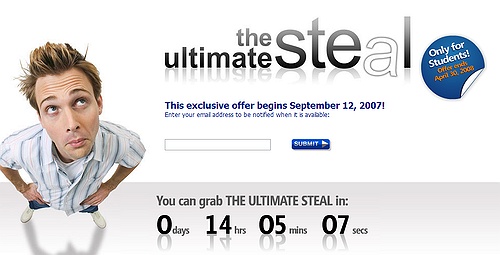
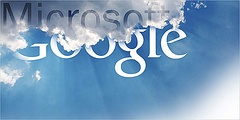
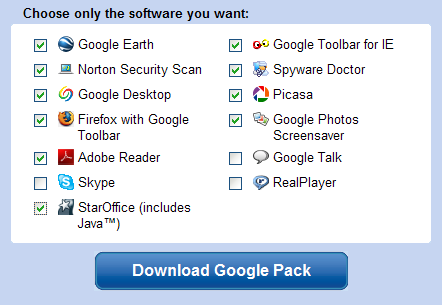



Recent Comments